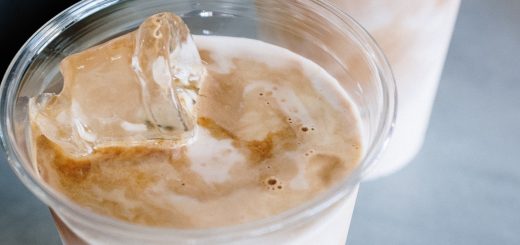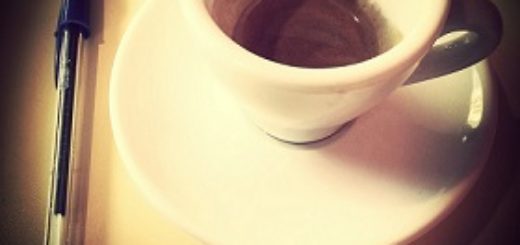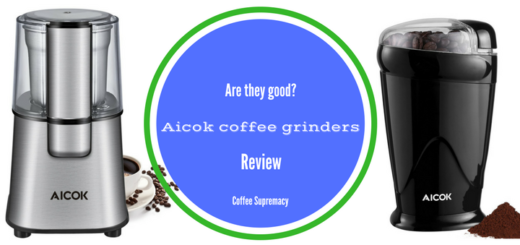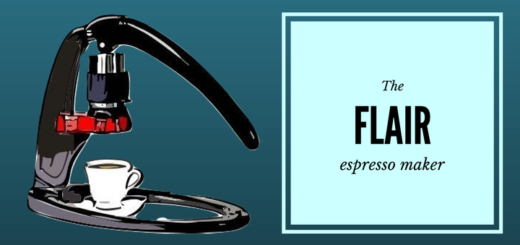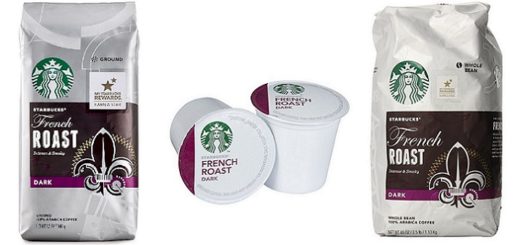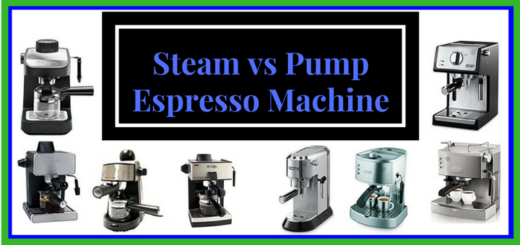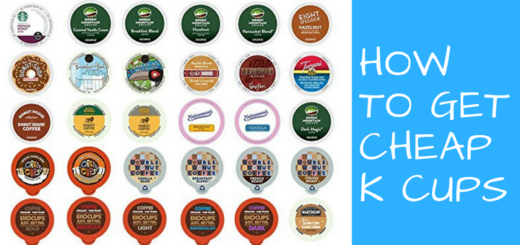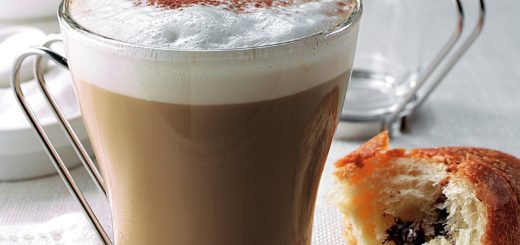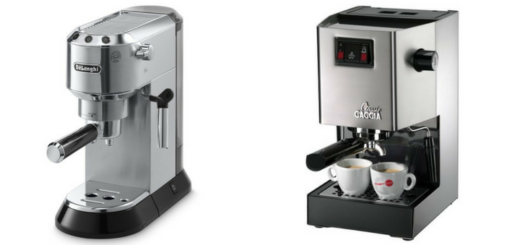10 Common Coffee-Making Mistakes You’re Probably Making Right Now!
Are you a coffee lover? Chances are, you probably start your day with a steaming cup of joe to kick off your morning. But are you making the most of your coffee-making routine? It’s easy to fall into bad habits or make mistakes that can ruin your perfect cup of coffee.
Here are 10 common mistakes that you might be making when it comes to making coffee at home:
- Using stale beans: Freshly roasted beans are essential for a great cup of coffee. If you’re using beans that have been sitting in your pantry for weeks or months, they’re likely to be stale and lose their flavor.
- Grinding your beans too finely: Coarsely ground beans are ideal for a French press or a pour-over, while finer grounds are better for espresso. If you grind your beans too finely, your coffee will be bitter and over-extracted.
- Overloading your filter: Using too much coffee in your filter can lead to a muddy and bitter cup. Stick to the recommended serving size for your coffee maker to avoid overloading the filter.
- Not using enough water: If you don’t use enough water, your coffee will be too strong and overpowering. Make sure to use the recommended amount of water for your coffee maker.
- Using tap water: Tap water can contain impurities and minerals that can affect the taste of your coffee. Use filtered or bottled water for the best results.
- Not preheating your coffee maker: A cold coffee maker can lead to a lukewarm or under-extracted cup of coffee. Make sure to preheat your coffee maker before brewing to get the best results.
- Storing your coffee incorrectly: Coffee should be stored in an airtight container in a cool, dry place. Storing it in a hot or humid environment can cause the beans to lose their flavor.
- Not cleaning your coffee maker regularly: Over time, coffee makers can accumulate buildup and grime that can affect the taste of your coffee. Make sure to clean your coffee maker regularly to keep it in top condition.
- Using the wrong type of milk: Different types of milk froth differently, and using the wrong type can lead to a poorly textured latte or cappuccino. Experiment with different types of milk to find the one that works best for your drinks.
- Not adjusting the grind size: If you’re using a manual coffee maker, like a French press or a pour-over, you’ll need to adjust the grind size to match the type of coffee you’re making. A finer grind will work better for espresso, while a coarser grind is better for a French press.
By avoiding these common mistakes, you’ll be well on your way to making a perfect cup of coffee every time. Happy sipping!


